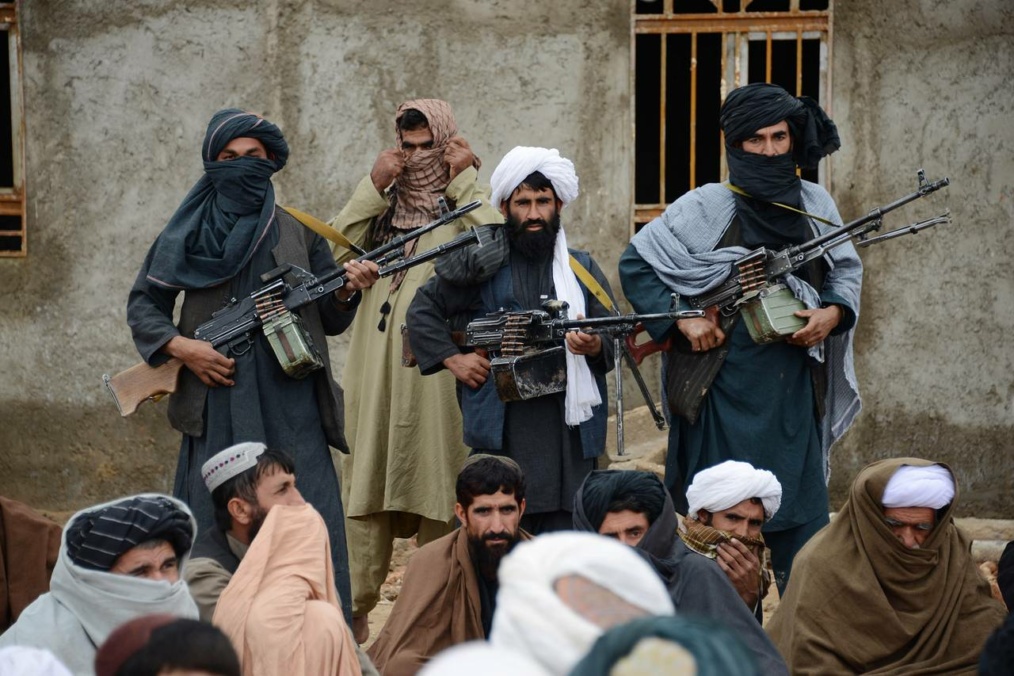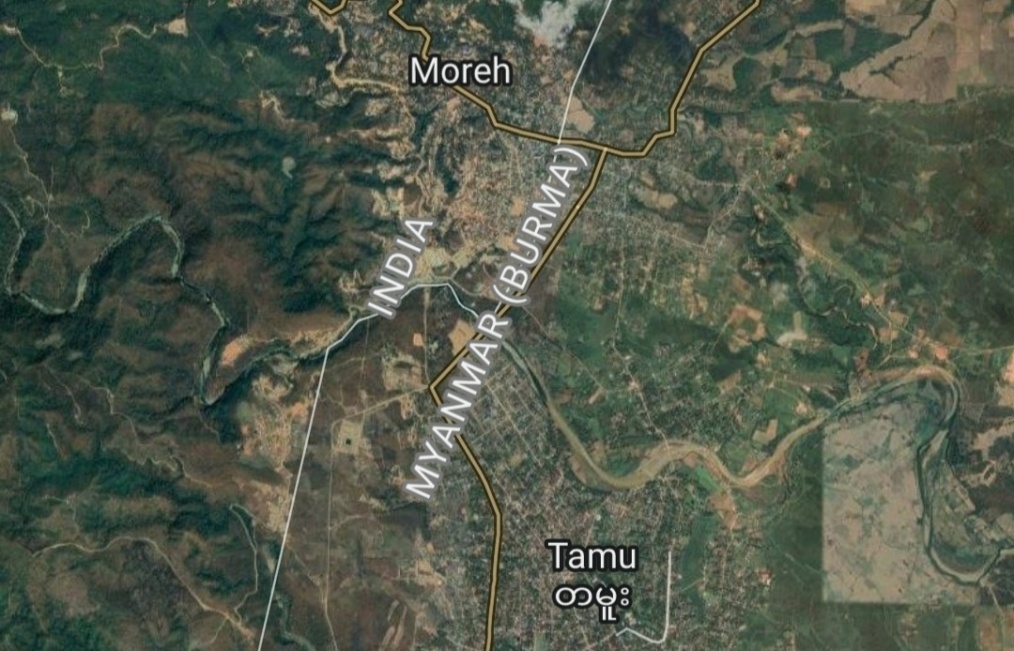Germany has been reunified since 1990, yet tensions remain between West and East Germany that right-wing extremist groups, parties, and movements exploit in the more vulnerable half: East Germany. The fall of the Berlin Wall brought the promise of democracy and better economic conditions. In the past 30 years, certain issues in East Germany have been left unresolved and unaddressed, allowing right-wing extremism to prey on the grievances of East Germans. East Germany is still affected by the policies and challenges of reunification. According to a 2019 poll, almost 60% of residents in Eastern Germany regard themselves as second-class citizens, and more than half stated that German reunification was not a success.
For the past decade, right-wing extremists have gained momentum and have become a priority security threat for the German government. According to the Federal Office for the Protection of the Constitution (BfV), at the end of 2020, the number of right-wing extremists classified as “violence oriented” rose to 13,300, an increase of almost 4% from 2019. Eastern states such as Saxony, Saxony-Anhalt, Thuringia, and Brandenburg have noticeable voting trends different than their western counterparts, particularly in favor of the right-wing AfD Party (Alternative for Germany). Right-wing extremists such as the National Socialist Underground (NSU), Third Path, and the social movement Pegida, either stem from eastern states or have a large support from Eastern Germans who identify with their movement.
Economic Structures
Preceding the fall of the Berlin Wall, West Germany absorbed the remains of East Germany’s weak political and economic structure. East Germany only contributed 8% of the total GDP as productivity was weakened by unemployment upon reunification. Without consensus or debate as to how to reunify, the East was forced to assimilate into the West. East Germany had no option but to undergo an extensive privatization through an agency known as Treuhandanstalt (“trustee agency”) with the intention to privatize and liquidate every firm in the former GDR (German Democratic Republic) within the span of five years. As a result, it was all in West Germany´s favor as Western investors had better access to financial capital, more experience in managing companies, and better economic and political connections than investors in the former Soviet regime. Since the Western German government set the Treuhandanstalt measures, Western investors were perceived more suitable as future company owners. The redistribution among these companies was asymmetric, providing the West more financial benefits. Western investors were able to make major profits from this privatization program, while the majority of Eastern Germans gained little to nothing from their labor and were forced to move west, a divide which continues today through East Germany’s young adults.
Thirty years after reunification, there is still a stark social divide between East and West Germany. East Germany is well known to have consistently lower employment and wage levels than its western counterpart. The East German economic output is almost always a third lower than the West, with incomes being 10% lower, and overall, it lacks the West’s economic structure. Due to the lack of proper investment into building a lucrative East Germany, resentment from East Germans is still felt today.
Immigration
Even before the fall of the Berlin Wall, immigrant rhetoric in the GDR led to right-wing attacks and news of violence against foreigners was frequently not reported. Many urban areas of West Germany became more diverse in the 1970s and 1980s, whereas East Germany remained largely homogenous. During Soviet Occupation, the GDR attempted to form bilateral relations with other socialist states. Agreements were made to allow foreign workers from Vietnam, Mozambique, Cuba, and Angola to work in coal mining, kitchens, consumer goods industries, and others in the GDR. Most foreign workers soon experienced vicious amounts of xenophobia, as unskilled East German workers blamed them for taking their jobs and for a shortage in consumer goods. During reunification, that xenophobia and racism did not leave. One famous incident is the 1992 Rostock Riots, where neo-Nazis targeted asylum seekers as well as Vietnamese and Mozambican workers in the town of Rostock.
As East Germany struggled with internal migration to the West and adjusting to a new political system, immigration that supported West Germany ́s manufacturing industry slowly crept into Eastern Germany. While struggling to transition into a new political and economic system, adding a new population fueled public dissatisfaction and resentment towards new immigrants and refugees, which is still felt today.
Weak Institutions
The collapse of the Soviet Union left an authority vacuum in East Germany. State institutions were weakened by the period of transition. Police officers were associated with the former regime, therefore, discredited. Dierk Borstel, researcher of right-wing extremism at the University of Bielefeld, links the lack of functioning institutions, “the police force was destabilized and the church had little influence anyway. The eastern German trade unions and the PDS, the successor party to the former ruling communist SED, had little authority, and the trade unions and industry associations coming in from the West were all very weak in the east.”
Right-Wing Extremism
During the Soviet occupation, the GDR laid an extensive and thorough denazification process in terms of a remembrance culture. However, with its own agenda to push, the communist regime imposed its ideology so extensively that East Germans were ready to renounce socialism by the 1990s. However, the reunification they anticipated didn´t exactly come to fruition, as many East Germans were unemployed, and conditions seemed to become worse than before. With disappointment and poverty, these semi-anarchic conditions were fertile ground for far-right activists and extremists. Originally, many neo-Nazi cadres were from West Germany. Many of these neo-Nazi groups moved to the east, a strategy still used today, with the intent to mobilize and recruit. Although there were right-wing groups present in Germany before reunification, the addition of more right-wing extremists amplified their views. When the transition period betrayed the trust of East Germans in western democracy and having a market economy, right-wing extremist perspectives became more prevalent and normalized.
Recommendations
The rise of right-wing extremist violence has become alarming and is not losing any momentum. As a response, the Cabinet Committee for the fight against right-wing extremism presented a list of 89 measures to combat right-wing extremism and anti-Semitism. From 2021 to 2024, the German government will provide over one billion euros to aid these measures. The funds will be used to provide research and prevention, and reinforce cooperation between security authorities, the judiciary, and relevant state and civil society bodies.
According to Anetta Kahane, an East German who runs the Amadeu Antonio Foundation, which seeks to combat racism and right-wing extremism throughout Germany, extremist views are the result of a lack of civil society infrastructure. Kahane states, “in the West there are large churches, and labor unions: powerful institutions that ensure a certain kind of social stability. In the East after reunification, we didn’t have that. Civil society infrastructure has to be built from the ground up and be made stable so that they can withstand right-wing extremism.”
While these solutions are a great investment, it does not heal the bridge between the psychological divide between the East and West. It is easier said than done, but restarting the economic convergence process may fully bridge this gap. Through economic incentives for foreign investment in Eastern Germany, policymakers could help bring the economic vibrancy East Germans once hoped for. In addition, economic recovery could persuade East Germans to be less likely to vote for extremist parties or support extremist groups.
Camille Amberger, Rise to Peace Counter-Terrorism Research Fellow





